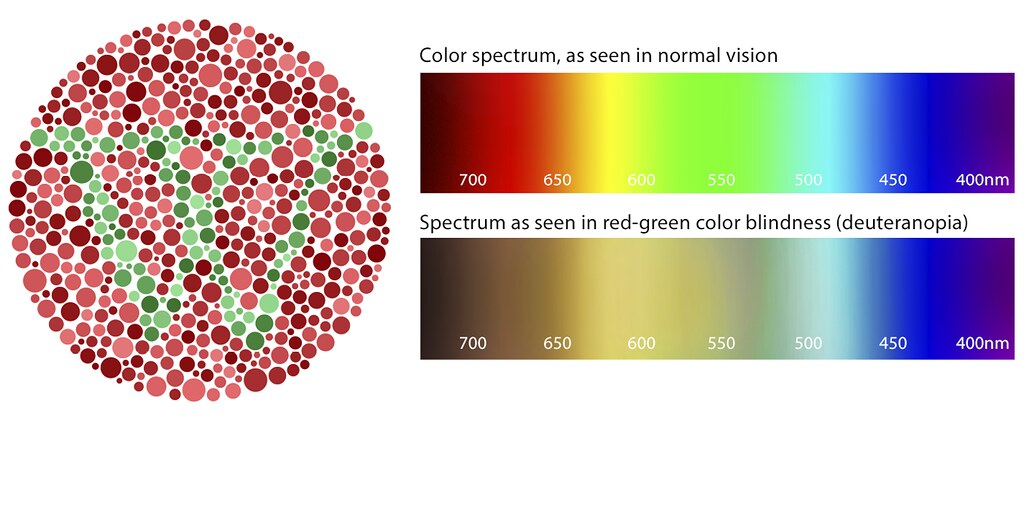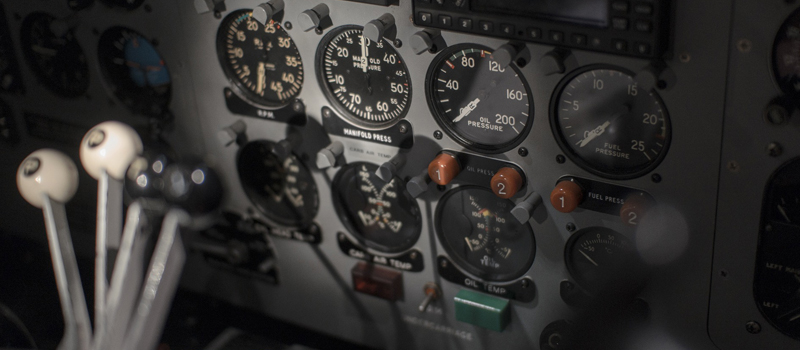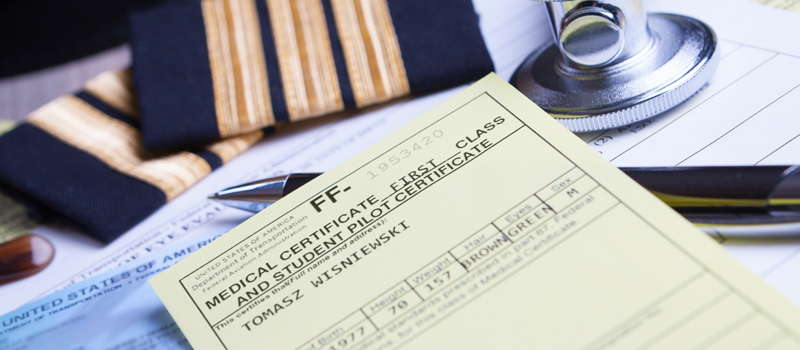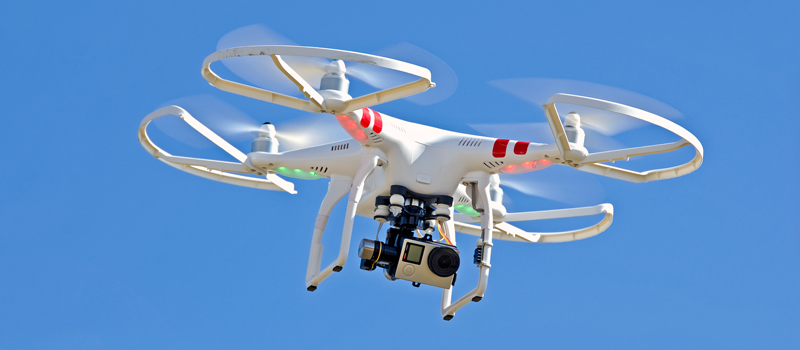Most careers in aviation will require the applicant to get an FAA medical certificate. This is proof that they are mentally and physically fit for the job. However, certain conditions may complicate how to secure this certificate.
One condition that could be concerning is color blindness. Will color blindness be an impediment to having a career in aviation? Is it even possible for a color-blind person to become an airline pilot? What measures can a color-blind person take to compensate for their condition?
Defining color blindness
Humans perceive color through the red, blue, and green cones located in our retinas. When images enter our eyes through their lenses, these cones are responsible for identifying the colors and sending the appropriate signals to our brains. Around the retina are rods that are responsible for brightness perception and night vision. Together, the several millions of cone and rod cells allow our eyes to see colors, perceive fine details, and adapt to changing light conditions.
Color blindness is a condition where a person has fewer cones in their eyes than usual. It affects 8% of men and 0.5% of women in North America. The majority of cases of color blindness are hereditary – men are more susceptible because the gene is attached to the X chromosome, of which men only have one.
Nowadays, modern medicine has determined that most “color blind” people can still distinguish colors to some degree. Thus, the medical community prefers the term color vision deficiency.
There are several different types and levels of color vision deficiency, the most common of which is a red-green deficiency. This could be either protanomaly (blue-green and red-purple are perceived as gray) or deuteranomaly (green and red-purple are perceived as gray).
In a moderate case of red-green deficiency, the person still has blue, red, and green cones in their retina but the cones contain altered pigments. There is also a more severe condition of red-green deficiency called dichromatism, where one of the three cone types is missing.
About half of the people with a red-green deficiency can still precisely identify colors, although not as readily as someone with normal color vision.
Monochromatism is the rarest form of color vision deficiency, of which there are cone and rod variants. Someone with cone monochromatism only has one of the three cones and can get all three colors mixed up. Rod monochromatism is more serious, as this means that the person has no cones and perceives all colors like different shades of gray. Fortunately, rod monochromatism (or achromatopsia) only occurs in 1 out of 33,00 people in the US.
Potential difficulties of color vision deficiency
According to 14 CFR Part 67, a pilot must have “the ability to perceive those colors necessary for the safe performance of airman duties”. This definition is very open-ended but already implies the importance of color vision in the aviation industry.

Those who aspire to be commercial or private pilots will have to deal with cockpit lights, runway lights, light-gun signals, and airport lights, most of which are color-coded for easy identification. You may also need to regularly look at sectional chart symbols and approach-slope indicators, which are also depicted with specific colors.
Falling below a certain standard of color perception may result in a pilot making costly mistakes during a flight. The lack of color cues can also compromise a pilot’s decision-making capabilities, especially in moments where every fraction of a second counts.
In 2002, a well-documented case of a FedEx Boeing 727 crashing into some trees was found to have been caused by the color vision deficiency of the pilot, among a few other reasons. The crash resulted in serious injuries to three crew members in the aircraft. This prompted the FAA to modify their procedures for the medical assessment of potential pilots with color vision deficiency.
Given these conditions, it is no longer questionable that some degree of color perception is needed to have a career in aviation. However, we now know that there are different degrees of color vision deficiency. How can the FAA determine if a person with such a deficiency can still fly a plane?
The FAA procedure for color vision testing
The FAA has a fairly robust procedure for determining the suitability of the color vision of an applicant. This procedure is summarized on the FAA website, although the summary is not as comprehensive as we would have preferred it to be.

Color vision is only one item in the application process for an FAA medical certification. It is a requirement for those applying for a PPL but is not required for drone pilots.
The first step is for the applicant to take a standard Color Vision Test. The FAA has approved several different testing materials for this purpose, with each testing method having unique standards for passing.
Most of the tests for the initial phase resemble the Ishihara plates that you have probably taken at some point in a clinic or hospital. A vision test plate depicts a series of colored dots with seemingly random colors and sizes but has embedded patterns that should be immediately apparent to someone with normal color vision. The actual test plates for the color vision tests must be used – web-based versions or reproductions are prohibited.
The Color Vision Screening Test is only the first step of color vision testing. If an applicant passes this phase, then they can already be cleared. If not, the pilot can be granted a medical certificate that states that it is “not valid for night flying or by color signal controls”. At this point, the applicant can accept the medical certificate or opt to take additional tests.
1. Operational Color Vision Test (OCVT) DAY
The first “gate” for those who did not pass the initial color vision test is the Operation Color Vision Test DAY. The test has two parts – Aeronautical Chart Reading and a Signal Light Test. The first part only requires that you identify symbols in an aeronautical chart and distinguish the relevant colors, such as blue and magenta.
The Signal Light Test will comprise the bulk of the OCVT. In this part, signal lights will be fired from different distances and you will need to identify the color of each one. You need to identify the color of each signal light correctly, otherwise, you will fail the test.
At this point, there will be two junctions:
- If you pass the OCVT DAY, you will be granted a Class 3 Letter of Evidence (LOE). This will suffice for student, recreational, and private pilots. However, you will need an upgrade if you aim to be a commercial or air transport pilot. This can be done by taking a Color Vision Medical Flight Test (MFT).
- If you fail the OCVT DAY, your medical certificate will retain the status of “Not valid for night flying or by color signal controls”. The applicant then has an option to take the Operation Color Vision Test (OCVT) NIGHT.
2. Color Vision Medical Flight Test
This will be an actual flight test that will require that you rent an aircraft. To make a good impression on your inspector, make sure that all registration and airworthiness documents for the aircraft you rented are current and on hand. It will be your responsibility to make sure that the aircraft will be in good condition for the test.

You will be acting as the Pilot in Command during the MFT. Over the course of the flight, the instructor will ask color-related questions. This can include identifying the color of aircraft instruments as well as various features on the ground. You can also be asked more practical questions such as what to do in case of specific emergencies.
Whether you pass or fail the MFT is the sole discretion of the inspector. Again, there are two possible junctions at this point:
- If you pass the MFT, you will be granted an LOE that has been upgraded to Class 1 or Class 2. You can then proceed to apply for a commercial pilot license.
- If you fail the MFT, your LEO and medical certificate will retain the Class 3 categorization.
3. Operation Color Vision Test (OCVT) NIGHT
The OCVT NIGHT is simply a repeat of the OCVT but done during night time. The idea here is that it should be easier to identify the colors during the Signal Light Test if it is done at night.
If you pass the OCVT NIGHT, your medical certificate should be updated to say that it is “Not valid for flight during daylight hours by color signal controls”. Otherwise, the certificate will retain the “Not valid for night flying or by color signal controls” status.
Failing the OCVT NIGHT does not necessarily mean that you can no longer fly an aircraft. Take note that the medical certificate only specifies that you cannot fly using color signal controls. If you can sign up for a flight club that provides alternatives to light gun signals, then you should still be able to log some flight hours.
As a final word of warning, take note that OCVTs cannot be appealed and can be taken only once. For this reason, many aspiring airmen consider OCVTs a last resort if they have color vision problems. The best option would be to pass the AME whether through “test runs” or by finding an inspector who can be more lenient with the color vision test. Although not the proper procedure, it is not uncommon to hear cases of people with no color vision deficiencies failing the color vision test.
Knowing that OCVTs is a one-time thing, you should exhaust all means to prepare for them. Some airport control towers will allow you to observe their light guns so you can better “calibrate” your color vision. It would be a good idea to have a friend with no color vision issues accompany you to provide you a baseline. You can also have a color-normal friend take you through aeronautical chart reading and quiz you about the colors found in sectional charts.
Final thoughts
A few decades ago, there likely would not have been a way for a “color-blind” person to fly an aircraft. Thankfully, color vision testing has become a lot more nuanced since then, aided by a deeper medical understanding of the condition. Those with minor cases of color vision deficiency can go all the way to a commercial pilot license with minimal problems.
Even if you fail the initial color vision test, the FAA provides concessions for eventually getting Class 1, 2, or 3 medical certificates. The process is quite long and time-consuming (especially since you’ll have to set an appointment with an inspector) but at least gives you a fighting chance. With a bit of preparation, you can overcome the limitations of a color vision deficiency.



